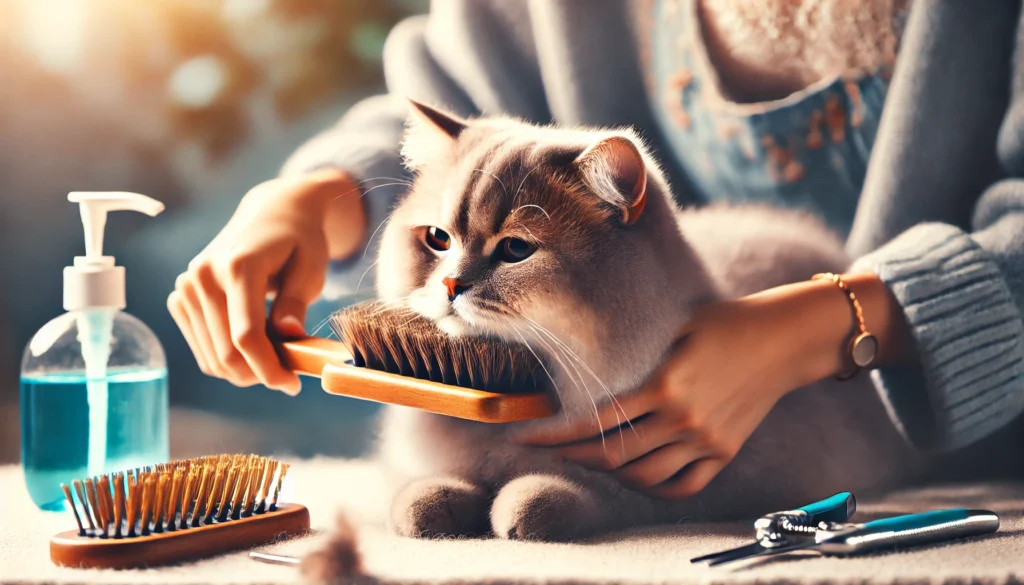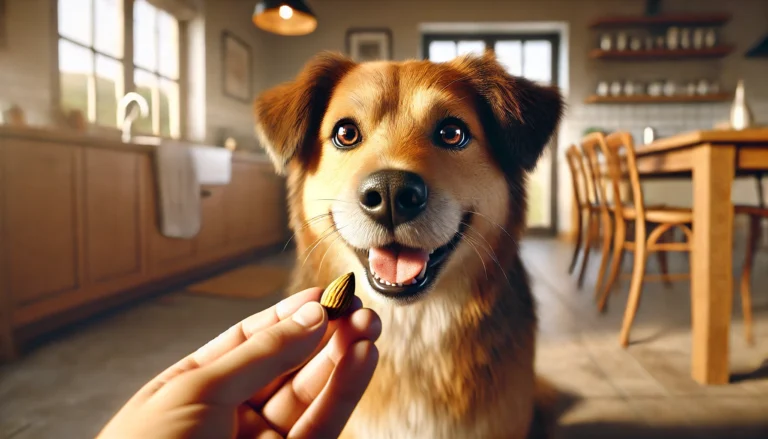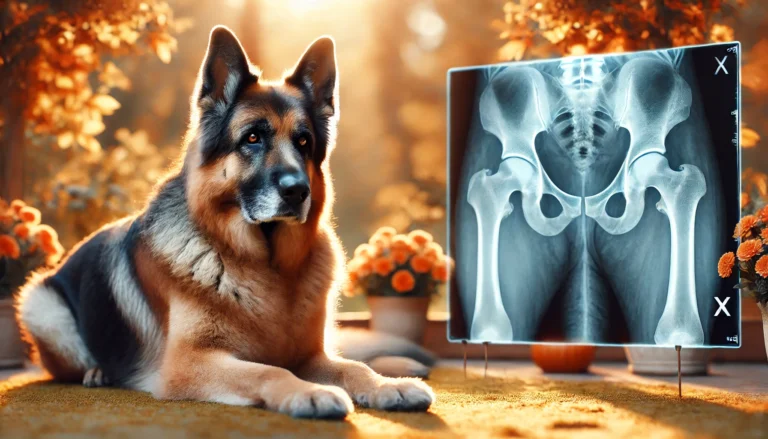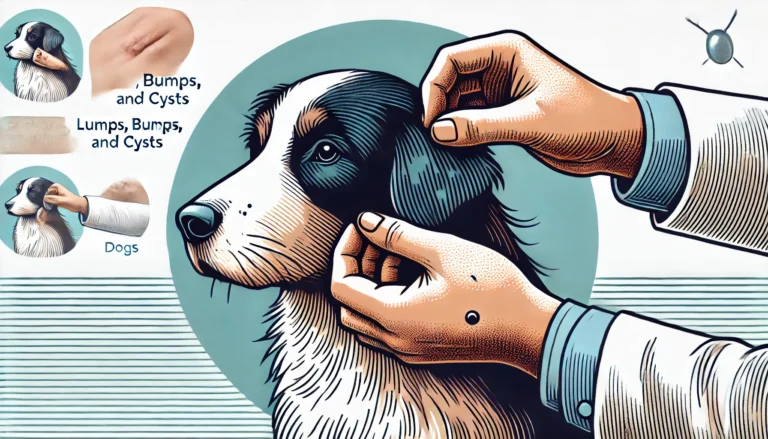British Shorthair or british shirthair kitten- Cat Breeds

British Shorthair
The British Shorthair is a cherished cat breed known for its robust build, dense coat, and calm demeanor. This breed originated in the United Kingdom and has gained widespread popularity across the globe. British Shorthairs have a distinctive appearance, marked by a broad face, large, round eyes, and a thick, plush coat that comes in a variety of colors and patterns, including the famous “British Blue.”
Breed Characteristics
Physical Description
The British Shorthair is renowned for its robust and compact body, broad chest, and strong, muscular build, making it one of the more powerful feline breeds. Their round heads, chubby cheeks, and big, round eyes contribute to their distinct and often teddy bear-like appearance, which is immediately recognizable and highly cherished among cat enthusiasts.their dense, plush coat is another hallmark of the breed, providing them with a luxurious feel that is both soft to the touch and visually striking. The coat comes in a wide variety of colors and patterns, ranging from the well-known solid blue-grey that gives the “British Blue” its name, to other colors like black, white, cream, and silver. Patterns include colorpoint, bicolor, tabby, and tortoiseshell, each adding its own unique beauty to the breed’s physical appearance.
Personality and Behavior
- British Shorthairs are often celebrated for their calm, relaxed demeanor and affectionate nature. They are typically easygoing and enjoy the presence of their human family members, often seeking out a lap or a cozy spot next to their favorite people. Despite their size, they are known to be gentle and are rarely aggressive, making them excellent companions for families with children and other pets.
- These cats are not overly demanding of attention, which makes them well-suited to various living situations, including homes where family members are away at work for part of the day. They are known to be patient and tolerant, characteristics that help them adapt to busy, active households as well as quieter environments.
- While British Shorthairs are not as active or playful as some other breeds, they do have a playful side and enjoy interactive toys that stimulate their hunting instincts. They appreciate puzzle toys that challenge their intelligence and toys that mimic the movement of prey. Engaging in regular play sessions will not only keep them physically fit but also provide mental stimulation to keep them content.
Care and Maintenance
Nutritional Needs
The British Shorthair, with its sturdy and muscular build, requires a balanced diet that supports its specific nutritional needs to maintain optimal health and prevent obesity. It is important for owners to understand the dietary requirements of this breed to ensure they receive all necessary nutrients while managing their caloric intake.
Protein Requirements
High-quality protein is crucial for the British Shorthair, supporting muscle maintenance and overall health. Look for cat foods that list real meat, fish, or poultry as the first ingredients. These proteins should be easily digestible and appropriate for their specific life stage, whether kitten, adult, or senior.
Fat and Omega Fatty Acids
A moderate amount of fat is beneficial for British Shorthairs, providing them with energy and helping keep their coat healthy and shiny. Omega-3 and omega-6 fatty acids are particularly important, as they help reduce inflammation and promote a healthy skin and coat.
Carbohydrates and Fiber
While cats do not require carbohydrates in high amounts, some carbohydrate content can be beneficial, especially for fiber intake which aids in digestion and helps prevent hairballs. Sources like sweet potatoes or oats can provide the necessary fiber without spiking blood sugar levels.
Vitamins and Minerals
A well-rounded diet that includes all essential vitamins and minerals is essential. Calcium and phosphorus must be balanced to support bone health, especially important for a robust breed like the British Shorthair. Vitamins A, E, and C are also crucial for their immune system and overall health.
Special Dietary Considerations
Given their propensity for gaining weight, it’s important to monitor the British Shorthair’s calorie intake. They may require fewer calories per pound of body weight than a more active breed would. Feeding guidelines provided by reputable cat food brands can serve as a good starting point, but these might need to be adjusted based on the cat’s age, activity level, and overall health. It’s also beneficial to discuss the cat’s diet during veterinary visits to ensure all nutritional needs are being met and adjusted as the cat ages.
Feeding Practices
- Regular, portion-controlled meals rather than free-feeding can help manage weight and prevent obesity. It’s also recommended to provide fresh, clean water at all times and to consider wet food as part of the diet to increase hydration, particularly beneficial for urinary tract health.
- Understanding and catering to the nutritional needs of the British Shorthair will help ensure a long, healthy, and happy life. This involves providing a diet that not only satisfies their taste buds but also nourishes their specific physical requirements.
Grooming and Hygiene
Grooming is an essential aspect of caring for a British Shorthair, not only to keep them looking their best but also to ensure their overall health and well-being. This breed’s dense, plush coat requires regular maintenance to prevent matting and to manage shedding. Here are detailed grooming practices that can help maintain the hygiene and appearance of a British Shorthair.

Exercise and Mental Stimulation
While British Shorthairs are not as high-energy as some other cat breeds, maintaining an appropriate level of physical activity and mental stimulation is crucial for their overall health and well-being. Here are several strategies to ensure your British Shorthair stays active and engaged.
Physical Exercise
British Shorthairs can tend towards weight gain due to their laid-back nature, making regular exercise important. Interactive play is one of the best ways to encourage physical activity. Use toys that mimic prey movements, such as feather wands or laser pointers, to stimulate their natural hunting instincts. Encouraging your cat to chase, pounce, and leap can help maintain a healthy weight and improve muscle tone.
Setting up a cat tree or climbing shelves can also promote physical activity, giving them opportunities to climb and explore different heights. This not only provides exercise but also satisfies their curiosity and love for surveying their environment from above.
Mental Stimulation
- Mental stimulation is just as important as physical exercise, especially for an intelligent breed like the British Shorthair. Puzzle feeders and treat-dispensing toys can be excellent tools to challenge their minds and keep them mentally sharp. These toys encourage problem-solving skills as they work to retrieve treats, providing both mental and physical stimulation.
- Training sessions that teach basic commands or tricks can also be mentally stimulating. British Shorthairs are quite intelligent and can learn a variety of commands, which can help deepen the bond between you and your pet while keeping their cognitive functions sharp.
Environmental Enrichment
Creating an enriching environment is key to keeping a British Shorthair mentally and physically healthy. This includes providing scratching posts, which are essential for their claw health and to prevent them from scratching furniture. Windowsills or secure outdoor enclosures offer them a chance to watch birds and other wildlife, which is excellent for mental stimulation.
Rotating toys and introducing new ones periodically can prevent boredom and keep playtime exciting and new. Even simple changes in the environment, like rearranging furniture or introducing cardboard boxes, can stimulate exploration and play.
Social Interaction
- Social interaction plays a vital role in the mental health of British Shorthairs. They generally enjoy the company of their human family members and often form strong bonds with them. Spending time each day playing, grooming, or simply cuddling can help keep your British Shorthair happy and content.
- Regular social interaction can help prevent issues like depression or anxiety, which can occur in cats left alone for too long. If your household is often empty during the day, consider providing a companion animal or employing a pet sitter for social interaction to keep your British Shorthair company.
do you know
Russian Blue Cat breed that combines elegance with a gentle temperament. Known for its shimmering blue coat and striking green eyes, this breed has captured the hearts of cat lovers around the world. In this detailed exploration, we will delve into the history, characteristics, care needs, and health of the Russian Blue, providing cat enthusiasts with a comprehensive guide to understanding and caring for this remarkable breed.
Health and Lifespan
Common Health Issues
British Shorthairs are generally healthy, but they can be prone to conditions like hypertrophic cardiomyopathy (HCM) and polycystic kidney disease (PKD).
Lifespan
British Shorthairs are well-regarded not only for their charming demeanor and striking appearance but also for their notable lifespan. Typically, a British Shorthair can live between 12 to 20 years, which is relatively long for domestic cat breeds. This extended lifespan is a result of their robust genetic makeup and laid-back lifestyle, but it also emphasizes the need for committed, long-term care from their owners.
Breeding and Genetics
The Breeding Process
Breeding British Shorthairs is a meticulous process that requires a deep understanding of genetics, a commitment to health, and a dedication to maintaining the breed’s standards. Responsible breeders focus on improving the breed, preserving its characteristics, and ensuring the health and well-being of each generation.
Ethical Breeding Practices
Selection of Breeding Cats: Responsible breeders carefully select breeding pairs based on their health, temperament, and adherence to breed standards. Genetic testing is crucial to identify potential hereditary conditions common in British Shorthairs, such as hypertrophic cardiomyopathy (HCM) and polycystic kidney disease (PKD). By selecting cats that are genetically diverse and free from heritable diseases, breeders can reduce the incidence of these conditions in offspring.
Health Screenings: Before breeding, both male and female cats undergo thorough health screenings. This includes regular veterinary check-ups, vaccinations, and tests for viral infections such as feline leukemia virus (FeLV) and feline immunodeficiency virus (FIV). Health clearances help ensure that only healthy cats are bred, which increases the likelihood of healthy kittens.
Breeding Age and Frequency: Breeders must consider the appropriate age and frequency of breeding for each cat. Female British Shorthairs typically have their first litter no earlier than one and a half to two years of age to ensure they are mature enough physically and mentally. Breeding frequency should also be managed to maintain the health of the breeding female, allowing adequate recovery time between litters.
The Breeding Process
Mating: Once suitable mates are selected and health clearances obtained, breeding can take place. This usually occurs in a controlled environment where the behavior of the cats can be closely monitored. Timing is critical, and breeders often use signs of the female’s fertility cycle to time the mating for the best chance of successful impregnation.
Pregnancy and Birth: Pregnancy in British Shorthairs lasts approximately 63 to 67 days. During pregnancy, the health of the female should be monitored closely with regular veterinary check-ups to ensure a healthy gestation period. As the time of birth approaches, breeders prepare a quiet, comfortable, and clean area for whelping to ensure a safe delivery.
Rearing Kittens: Post-birth, the focus shifts to caring for the mother and her kittens. Kittens should be socialized from an early age to develop well-rounded temperaments. They are typically weaned around eight weeks of age and remain with the breeder until they are at least 12 to 13 weeks old. During this time, they receive initial vaccinations and are dewormed, ensuring they are healthy and well-prepared for life in their new homes.
Registration and Documentation
Responsible breeders also ensure that their kittens are registered with a recognized feline registry, such as The International Cat Association (TICA) or the Cat Fanciers’ Association (CFA). Registration papers, along with health records and pedigree information, are provided to new owners when the kittens are purchased.
Conclusion
The British Shorthair is more than just a pet; it’s a companion for life. Its easygoing nature, combined with its striking appearance and robust health, makes it a favored choice for cat lovers around the world. Prospective and current owners should focus on providing a loving home, appropriate care, and regular veterinary checkups to ensure their furry friend leads a happy, healthy life.
Why are British Shorthairs so expensive?
British Shorthairs are often expensive due to several factors, including their popularity, breeding costs, and the care involved in raising them. As one of the most popular and recognizable cat breeds, the demand for British Shorthairs can drive up prices. The breeding process also contributes to their cost; ethical breeders invest in health screenings and genetic testing to ensure the health and well-being of the cats, which can be expensive. Additionally, these cats are often vaccinated, microchipped, and come with pedigree certificates, which further increase their cost.
Is British Shorthair hypoallergenic?
No, British Shorthairs are not considered hypoallergenic. They have a dense, plush coat that sheds moderately throughout the year. While no cat breed is completely hypoallergenic, some breeds shed less or produce fewer allergens in their dander and saliva. British Shorthairs, however, do not fall into this category. Individuals with severe allergies may find that British Shorthairs trigger allergic reactions due to the proteins present in their dander and saliva.
Is A British Shorthair a good breed?
Yes, the British Shorthair is generally considered a good breed, especially for families or individuals seeking a calm, affectionate, and undemanding pet. They are known for their stable temperament and friendly nature, making them excellent companions. British Shorthairs are also quite adaptable, fitting well into various living environments, including apartments. They enjoy affection but are not overly demanding, which suits owners who appreciate a more independent cat. Additionally, their robust health and easy-going nature make them a favorite among cat lovers.
What are the disadvantages of British Shorthair cats?
While British Shorthairs are beloved for many reasons, there are some disadvantages to consider. Their dense coat requires regular grooming to prevent mats and control shedding. They are also prone to certain genetic health issues, such as hypertrophic cardiomyopathy (HCM) and polycystic kidney disease (PKD), which potential owners should consider. Additionally, their laid-back nature can lead to obesity if their diet and exercise are not properly managed. Lastly, they may not be suitable for families wanting a highly active or talkative cat, as they tend to be quieter and less energetic
Are British Shorthairs aggressive?
British Shorthairs are typically not aggressive; they are known for their gentle and calm disposition. However, like any breed, individual personalities can vary. Proper socialization from a young age is crucial to ensuring that a British Shorthair cat remains well-adjusted and sociable. In most cases, aggression in cats, including British Shorthairs, can stem from fear, illness, or environmental stressors. Owners should provide a stable and loving environment and attend to any health issues promptly to prevent behavioral problems.
What is the healthiest breed of cat?
It is challenging to pinpoint a single breed as the healthiest due to genetic diversity and breeding practices. However, mixed-breed cats, often referred to as domestic shorthairs or longhairs, are generally believed to be among the healthiest due to their broad genetic pool, which can decrease the likelihood of inherited diseases. Among purebreds, breeds like the Siberian and the Burmese are noted for their robust health and longevity. Prospective cat owners should focus on reputable breeders who perform genetic testing and provide good early life care to enhance the health prospects of their cats.
What is the most cuddly cat breed?
While individual personalities vary, some cat breeds are renowned for their affectionate and cuddly nature. Ragdolls are often described as the most cuddly breed due to their placid temperament and tendency to relax completely when picked up, resembling a ragdoll. Similarly, Maine Coons are known for their friendly and affectionate demeanor, often referred to as the “gentle giants” of the cat world. These breeds are ideal for families and individuals seeking a loving and interactive pet companion.
Can British Shorthair stay alone at home?
British Shorthairs can stay alone at home for short periods, thanks to their independent and calm nature. They are less prone to separation anxiety than more clingy breeds and can entertain themselves. However, like all pets, they require interaction and mental stimulation to stay healthy and happy. If left alone regularly for long durations, it’s important to provide them with stimulating toys, scratching posts, and occasional treats to keep them engaged. For extended absences, having a pet sitter or a neighbor check in on them can help maintain their well-being and provide necessary social interaction.






